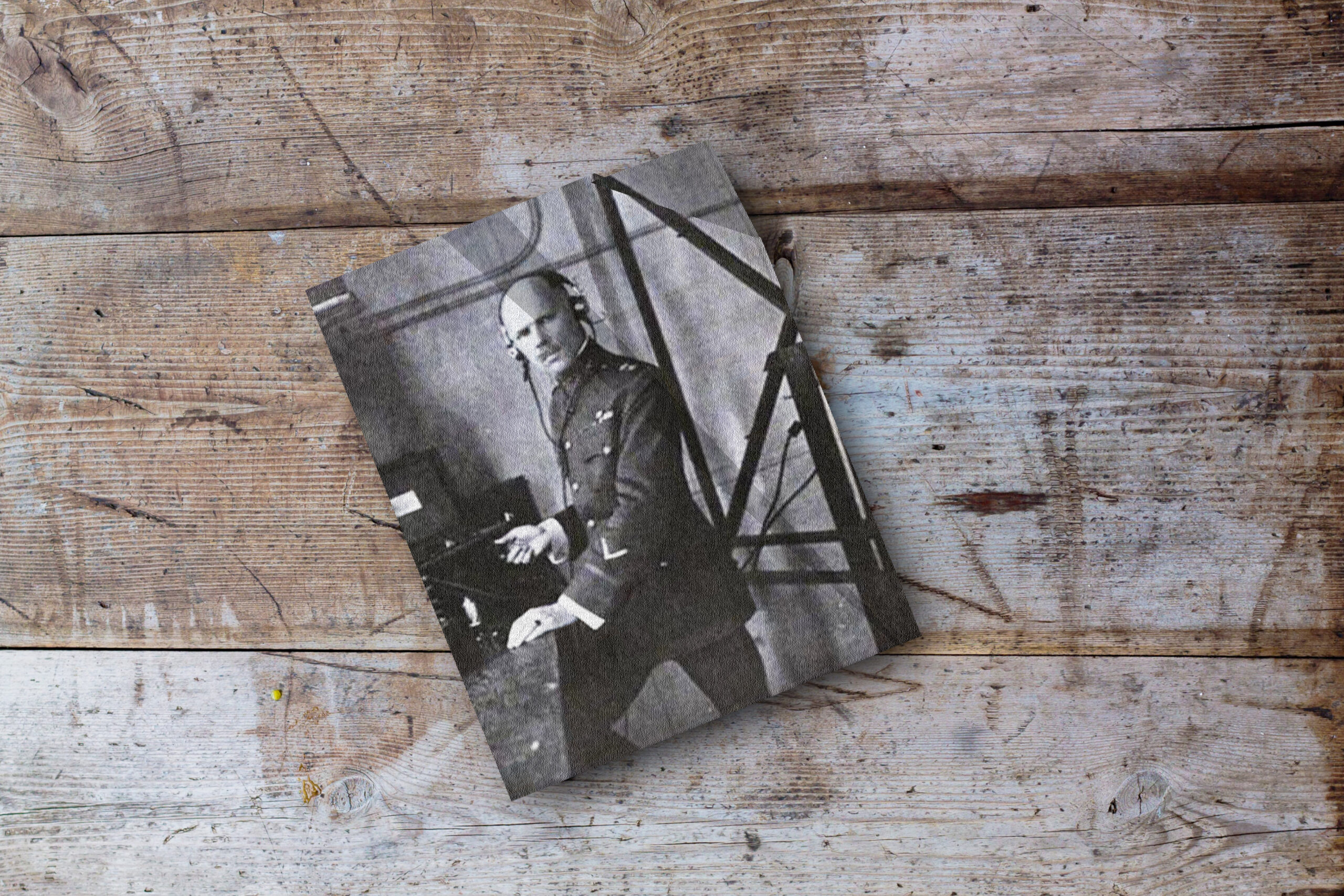
Let's go back in time: Background music through the ages
Background music is timeless, has existed for centuries. Just think of the chamber ensembles in castles during the Middle Ages that provided “live” music. Of course, we can go back even further in time, with images of feasts and celebrations… But when and how was background music actually used for functional purposes?
General George Owen Squier patented a system for distributing background music with gramophone records through power lines to workshops in 1922. Squier had observed that workers were more productive when background music was played. He called it Muzak, inspired by “music” and the brand “Kodak”. Radio was still in its infancy at that time. The system was adopted by many building owners. Many shops and offices used Muzak to mask unwanted noises or just silence and achieve a calming effect.
In 1964, the 8-track tape was developed, on which four stereo recordings could be recorded in parallel. By moving the magnetic heads crosswise to the running direction of the tape, it was possible to switch back and forth between the four recordings. In the early 1970s this cassette quickly disappeared from the scene, because by then there was the compact cassette.
In 1987, Bruno Hancké rents a first series of 20 pre-recorded music tapes to Café Ons Huis in Schoten, neatly with a sticker from the authors’ association SABAM. Every month, 10 tapes are exchanged. They are played on the so-called “double” cassette decks, which provide continuous playback with rotating play buttons. Nights of sleep are interrupted in pieces of 45 minutes because all tapes had to be copied.
In 1983, Philips had already launched the compact disc, the “CD”, together with Sony. Towards the end of the 80s, the CD became really popular. Pioneer CD players, in which you could insert CD chargers with 6 CDs, were installed everywhere and the tracks were played “randomly” in a random order, which always created a little surprise effect.
During the late 1990s, it became possible to play music on the computer in .wav files from Microsoft and later the MP3. Suddenly, it became possible to play music and even to transfer it via the Internet. From that moment on, music computers became a great success in horeca, restaurants and shops. Finally, people had the chance to choose their own music.
The arrival of Napster (illegal at the start in 1999), iTunes (2001), Deezer (2007) and Spotify (2008) made sure that everyone learned what it was like to receive music streaming. No track was out of reach, all music was available, with a simple snap of the fingers.
Today we live in an era of hyper-personalization and that is GROEVY’s reason for existence. All the music that exists is programmed by human advisors who work with the customer to find his or her tailor-made music, assisted by cutting-edge technology.